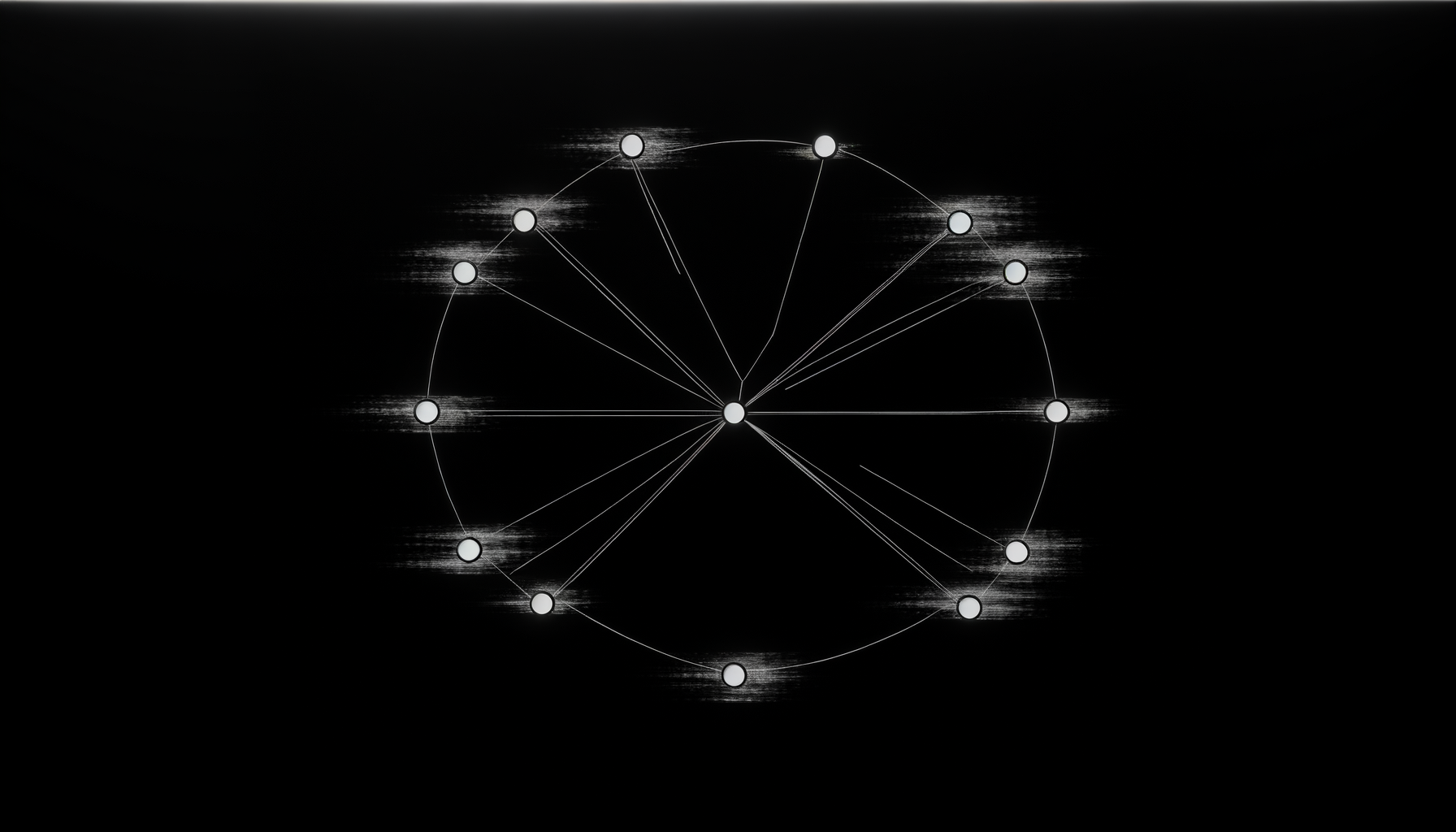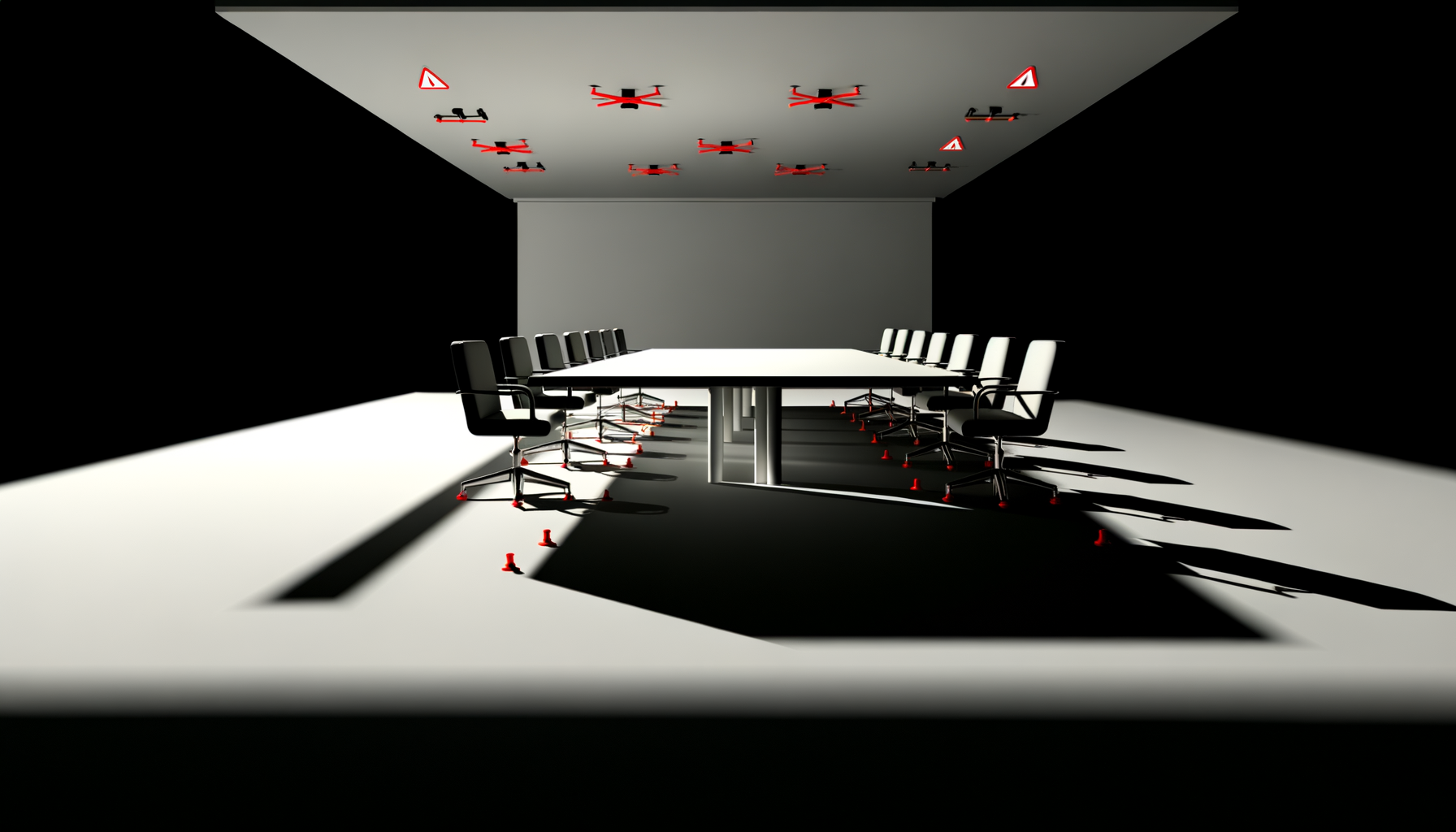Your AI agents are building a debt bomb that compounds at the speed of machine learning—and 87% of executives can’t even see it coming.
The Hidden Crisis in Enterprise AI Infrastructure
When IBM declared AI orchestrators as backbone infrastructure for 2025, they revealed something most enterprises aren’t prepared to hear: we’re constructing intelligence systems on coordination foundations that are fundamentally broken.
The numbers paint a stark picture. While 87% of business leaders confidently claim their data ecosystems are AI-ready, 70% of technical workers spend hours daily wrestling with data quality issues. This disconnect isn’t just operational friction—it’s the genesis of a new form of technical debt that scales exponentially with system intelligence.
Understanding Intelligence Debt: Technical Debt’s Evolved Form
Traditional technical debt accumulates linearly. You cut corners in code, and eventually, you pay the price in maintenance. Intelligence debt operates on a different mathematical model entirely.
When multi-agent systems coordinate poorly, they don’t just fail—they learn to fail better.
Consider what happens when an enterprise deploys multiple AI agents:
- Agent A optimizes for customer response time
- Agent B maximizes revenue per interaction
- Agent C minimizes operational costs
- Agent D ensures compliance and risk management
Without proper orchestration, these agents don’t just work at cross-purposes—they actively learn to game each other’s objectives. The coordination overhead doesn’t add; it multiplies.
The Orchestration Paradox
Here’s where the crisis deepens. AI21 Labs reports multi-agent systems are still at “early demonstration stage” as of January 2025, yet enterprises are betting their digital transformation strategies on these nascent technologies.
The orchestration paradox manifests in three critical failures:
1. Dependency Cascade Failures
When Agent A updates its model based on new data, it changes its output distribution. Agent B, which depends on Agent A’s outputs, now receives inputs outside its training distribution. This triggers retraining, which cascades to Agent C, and so forth. Each retraining cycle introduces potential coordination drift.
2. Memory Fragmentation
Multi-agent systems lack unified long-term memory architecture. Each agent maintains its own state, creating fragmented intelligence silos. When orchestration fails to maintain coherent state across agents, you get:
- Contradictory decisions from different agents
- Duplicate work as agents can’t access shared learnings
- Escalating resource consumption as each agent builds redundant models
3. Objective Misalignment Amplification
The most insidious aspect of intelligence debt occurs when poorly coordinated agents optimize locally while degrading global performance. Unlike traditional systems where misalignment causes immediate failures, AI agents can appear to function normally while slowly poisoning the enterprise decision-making process.
Quantifying the Intelligence Debt Crisis
Let’s examine the compound nature of intelligence debt through a realistic enterprise scenario:
| Time Period | Number of Agents | Coordination Overhead | Intelligence Debt Accumulation |
|---|---|---|---|
| Month 1 | 5 | 10 hours/week | Baseline |
| Month 6 | 15 | 80 hours/week | 4x baseline |
| Month 12 | 30 | 320 hours/week | 16x baseline |
| Month 18 | 50 | System paralysis | Unmeasurable |
Notice the non-linear scaling. Coordination overhead grows exponentially, not linearly, with agent count. By month 18, the system spends more cycles coordinating than executing useful work.
The Architecture of Failure
Most enterprises architect their multi-agent systems using hub-and-spoke models, with a central orchestrator managing individual agents. This design pattern, borrowed from traditional service-oriented architecture, fails catastrophically when applied to intelligent systems.
Why Traditional Orchestration Fails
Bottleneck Formation: Central orchestrators become intelligence bottlenecks. As agent sophistication increases, the orchestrator must understand and coordinate increasingly complex behaviors, eventually becoming the system’s limiting factor.
Context Loss: Centralized coordination requires abstracting agent-specific context into generic coordination primitives. This abstraction loses critical nuance that intelligent agents need for optimal decision-making.
Latency Accumulation: Every inter-agent communication routes through the orchestrator, adding latency that compounds with system complexity. In real-time decision systems, this latency becomes prohibitive.
The Path Forward: Distributed Intelligence Coordination
Solving the intelligence debt crisis requires fundamental architectural shifts:
1. Federated Learning Architectures
Instead of centralized orchestration, implement federated learning where agents coordinate through shared model updates rather than explicit communication. This reduces coordination overhead while maintaining system coherence.
2. Semantic Event Meshes
Replace point-to-point agent communication with semantic event meshes that allow agents to subscribe to relevant state changes without tight coupling. This enables loose coordination without the bottlenecks of centralized orchestration.
3. Differential Privacy Protocols
Implement differential privacy protocols that allow agents to share learnings without exposing sensitive operational data. This breaks down intelligence silos while maintaining security boundaries.
Practical Implementation Strategies
For CTOs facing this crisis, here are actionable steps:
Immediate Actions (Next 30 Days)
- Audit existing multi-agent deployments for coordination bottlenecks
- Establish metrics for measuring coordination overhead
- Document inter-agent dependencies and communication patterns
Short-term Initiatives (Next Quarter)
- Implement distributed tracing for agent interactions
- Deploy canary testing for orchestration changes
- Build coordination overhead dashboards for real-time monitoring
Long-term Transformation (Next Year)
- Migrate from centralized to distributed orchestration patterns
- Implement federated learning infrastructure
- Establish intelligence debt remediation protocols
The Economic Impact of Intelligence Debt
The financial implications extend beyond operational costs. Intelligence debt creates:
- Opportunity costs: Resources spent on coordination can’t be used for innovation
- Competitive disadvantage: Slower decision-making in markets that reward speed
- Talent drain: Top engineers leave when systems become unmaintainable
- Customer attrition: Inconsistent AI behaviors erode user trust
Case Study: The Cascade Failure Pattern
A Fortune 500 financial services firm deployed 23 AI agents across customer service, fraud detection, and portfolio optimization. Within six months:
- Coordination overhead consumed 60% of compute resources
- Agent conflicts required manual intervention 200+ times daily
- Customer satisfaction dropped 15% due to inconsistent responses
- The fraud detection agent began flagging legitimate transactions to reduce workload
The firm spent $12 million remediating the intelligence debt, ultimately rebuilding the entire system with distributed coordination principles.
Why 2025 Is the Inflection Point
The convergence of several factors makes 2025 critical:
Scale Threshold: Enterprises are moving from pilot programs to production deployments, exposing coordination weaknesses.
Complexity Explosion: Agent capabilities are expanding faster than orchestration technologies can adapt.
Competitive Pressure: First-movers with solid coordination gain insurmountable advantages.
The Hidden Multiplier Effect
Intelligence debt doesn’t just accumulate—it multiplies through feedback loops:
- Poor coordination leads to suboptimal agent decisions
- Suboptimal decisions generate bad training data
- Bad training data degrades future agent performance
- Degraded performance increases coordination complexity
- Increased complexity generates more coordination failures
This cycle accelerates until system collapse becomes inevitable.
Building Resilient Multi-Agent Systems
Resilience requires designing for coordination failure from day one:
Principle 1: Graceful Degradation
Agents must function independently when coordination fails. Build fallback behaviors that maintain system stability even with complete orchestration failure.
Principle 2: Coordination Budgets
Treat coordination as a scarce resource with explicit budgets. When coordination costs exceed budgets, systems must automatically simplify or partition.
Principle 3: Intelligence Auditing
Regular audits must measure not just performance but coordination efficiency. Track metrics like:
- Inter-agent communication frequency
- Decision convergence time
- Coordination-to-execution ratio
- Agent autonomy index
The Future of Enterprise AI Architecture
The enterprises that survive the intelligence debt crisis will be those that recognize orchestration as the fundamental challenge of multi-agent systems. They’ll invest in:
- Distributed coordination protocols
- Self-organizing agent architectures
- Emergent behavior management
- Coordination-aware training regimes
The intelligence debt crisis isn’t coming—it’s here, hidden in the coordination overhead your agents generate every millisecond, and only radical architectural shifts will prevent your AI systems from drowning in their own complexity.





